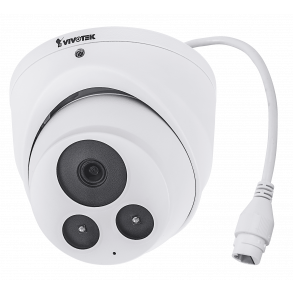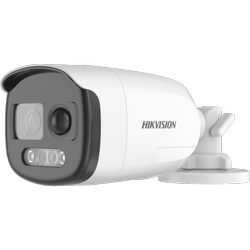Early endeavors to foster camcorders with the goal also awareness on par with the natural eye – in principle, the extreme point – were not exceptionally fruitful. This is because the eye presents a three-layered picture to the mind, which involves a serious level of parallelism in picture handling. In CCTV hikvision is often used. The cerebrum’s capacity to decipher the picture substance simultaneously likewise adds to very complex and insightful picture streamlining. The use of computerized innovation inside the camera has come about principally from the need to further develop picture quality, responsiveness, and dynamic reach. DSP innovation also progressed CCD chipsets produce a particularly large number of dim levels, bringing about wide powerful reach and excellent picture multiplication of subtleties in high-and low-lit scenes. The camera’s imaging execution, including imaging and control adaptability, is basic about settling on a decision.
CCD camera picture
The nature of a CCD camera picture is straightforwardly connected with the number of dim levels that can be handled, which is represented by the DSP’s design. For instance, a 1-digit processor can convey a picture like that delivered by a grid printer, while a 4-digit processor conveys 16 dim levels to create a fairly better picture (see the pictures underneath). Most surveillance cameras utilize 10-bit processors and are possibly equipped for delivering pictures with 1024 dark levels, giving somewhat smooth varieties from light to dim. Bosch DinionXF cameras utilize 15-piece computerized signal handling, which conveys a 32-overlay expansion in the number of dim levels and in shading exactness analyzed with a 10-bit DSP, creating what the eye deciphers as an essentially nonstop variety of dim levels. This outcome is incredibly exact picture proliferation with wide dynamic reach and clear tones over a wide range.

Wide Dynamic Range
Approximately characterized, a camera’s dynamic reach is the distinction between the most extreme and least adequate sign levels. Assuming the piece of a scene is enlightened excessively low, odds are good that insufficient photons are coming from that area to be changed over to a significant electronic sign. The detail in obscurity will not be “seen” by the camera. Then again, assuming that piece of a scene is very firmly enlightened (for example daylight spilling through a window), the picture from that region of the scene could be cleaned out. In the direst outcome imaginable, the scene could, also regularly does, contain areas of amazingly low and high levels of light.
Dynamic reach is the capacity of the imaging chip to change over light data. The more extensive a camera’s dynamic reach, the better its capacity to manage these outrageous lighting contrasts. To carry out the XF-Dynamic element, Bosch’s 15-piece Dinion DSP utilizes a capacity known as histogram control to loosen up the subtleties in the picture by intensifying moment varieties in brightening (see model). The light of each pixel in a scene gained by the CCD is recorded in a luminance histogram which sorts the pixels into 32,767 dark levels – going from dark up to most extreme scene splendor (see diagram “A” underneath). The camera’s exchange work (the bend characterizing yield as an element of contribution), rather than being a basic straight line like a typical camera, consequently expands more forcefully in areas of high data thickness and less forcefully in areas of an uninformed thickness (chart “B” underneath).
